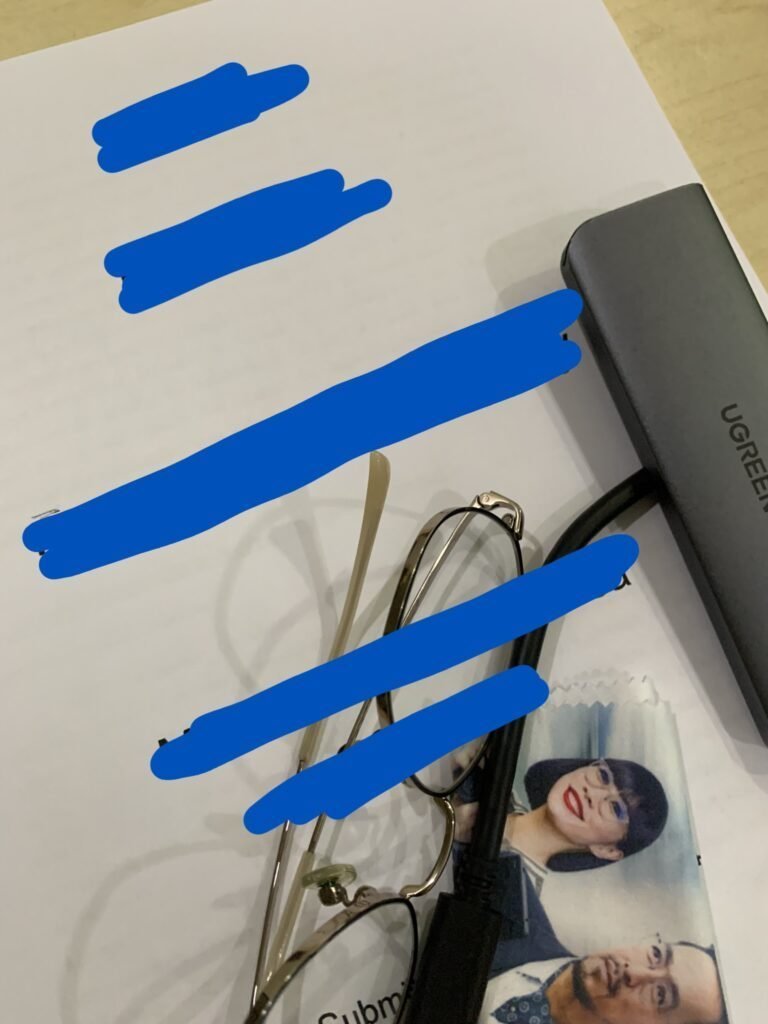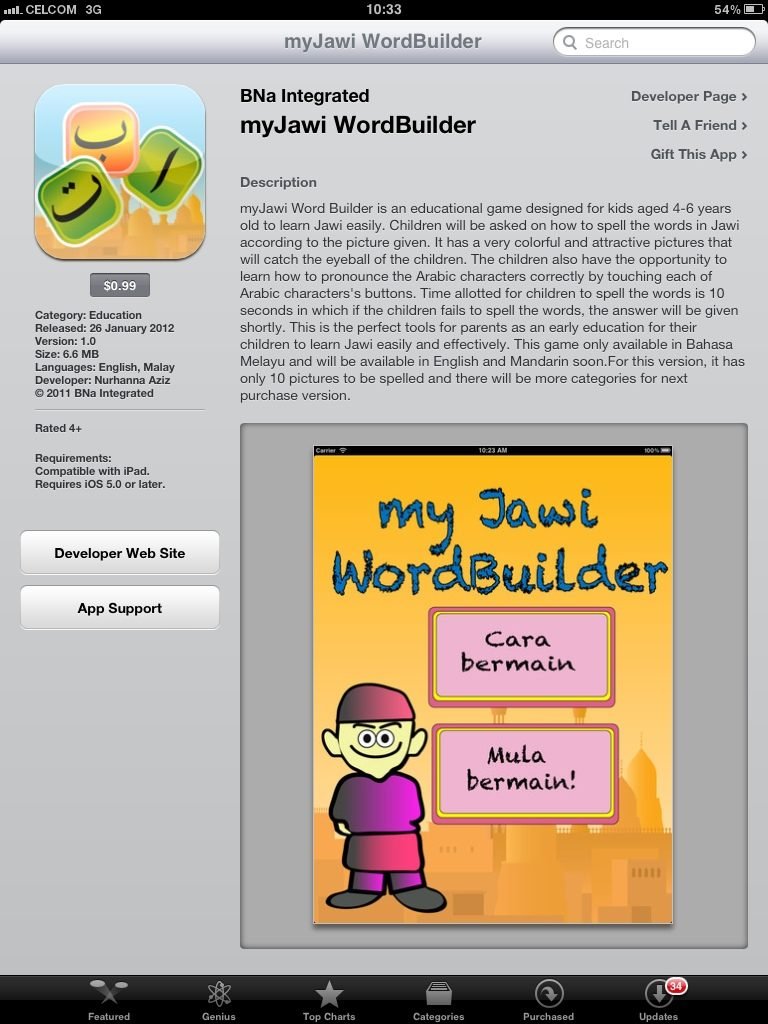A friend recently asked for my assistance in completing a literature review for a research methodology class. As someone who values punctuality, I know I would be frustrated as a lecturer receiving assignments late. So, I dedicated a day to diligently find, read, and write 3-4 pages for the literature review. In this era dominated by AI, tools like ChatGPT have been incredibly helpful in streamlining this process. However, I soon discovered that plagiarism detection tools like Turnitin can identify text generated by AI, which was initially a concern.
Despite this, I remain impressed by what ChatGPT can achieve. Balancing a full-time job while helping my friend was made feasible by using ChatGPT to summarize papers and extract their main points, saving me the effort of reading each one in its entirety. Here are the steps I took to efficiently conduct a literature review:
- Identify Relevant Research: Starting with a topic like “Traffic congestion,” I used Google Scholar for my initial search. While there are many AI-powered tools for finding research papers, I find Google Scholar to be superior due to its simplicity and useful features like saving, citing, and finding related research. To refine your search results, use quotation marks around keywords, such as “traffic congestion” and “Malaysia”.
- Organize Your References: After selecting relevant papers, I downloaded them and organized them into folders for easy access. I use Mendeley desktop to manage my references. Although Mendeley has changed over the years—it no longer updates titles directly in my folders like it did on my old Windows 7 system—it still offers valuable features. even it no longer can find related papers when you right-click on a file directly in Mendeley App, but as for me, it still can speeds up my research process.
- Summarize and Synthesize: With the papers organized, I uploaded them to ChatGPT for summarization. After obtaining these summaries, I rephrased the content to include in the literature review. Using the Mendeley reference plugin in Microsoft Word, I then easily inserted citations directly into the document.
This method not only helped in completing the literature review efficiently but also ensured that the final document was well-cited and organized, demonstrating the potential of AI to assist in academic tasks while reminding us of the need to use such tools responsibly and ethically.




